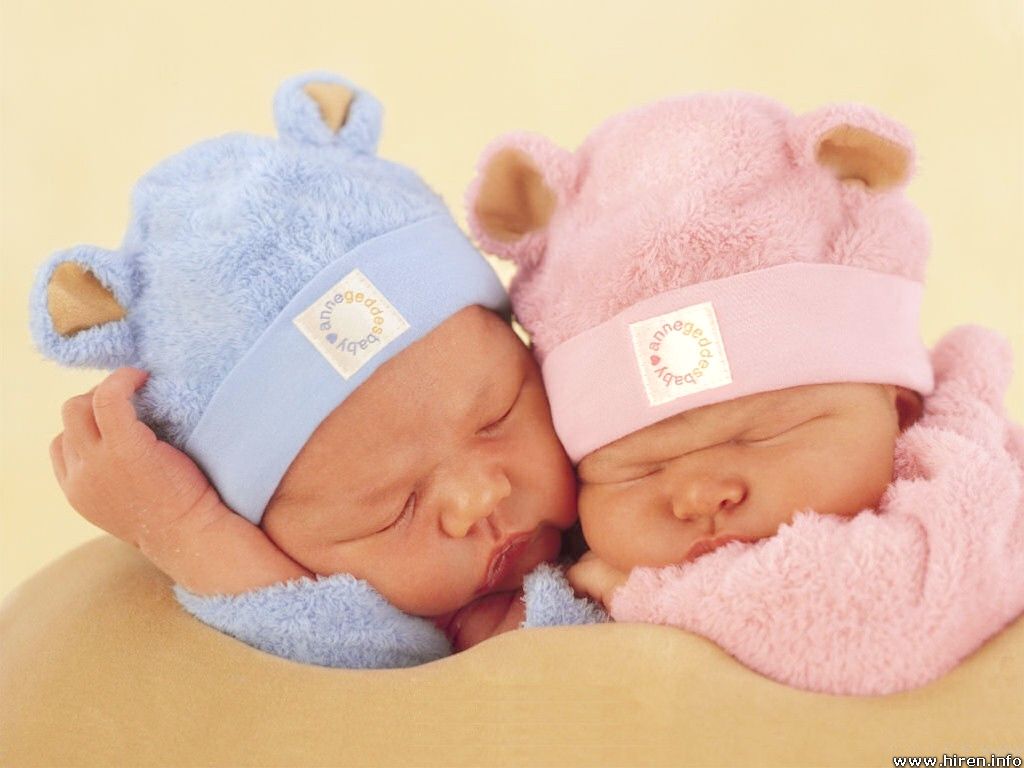China is under pressure to change its one-child family planning policy following publication of the latest census figures.
The population increased to 1.34 billion in 2010, compared to 1.27 billion in 2000, the Wall Street Journal reported, April 29. The average annual growth for the last decade was 0.57%, a significant decline over the previous decade’s 1.07%.
The census figures also confirmed the trend toward a rapidly aging population. Those over 60 years of age comprise 13.3% of China’s population, compared to 10.3% in 2000. Meanwhile children under the age of 14 now make up 16.6% of the population, a sharp decrease down from 23% a decade previously.
In a separate article on the census results, the Wall Street Journal looked at the gender imbalance caused by the preference for sons. The male population is now 51.3% of the total, a slight decrease from the level of 51.6% in the 2000.
In spite of the improvement the article noted that there are still 34 million “extra” men, which is not a small number. This is the result of sex selective abortions, facilitated by the use of ultrasound. As well, undesired female babies are frequently abandoned or given up for adoption.
One factor that might help change attitudes towards female babies is the rise in real estate prices. It is customary for the parents of a male child to buy their son an apartment when he marries.
An article dated Nov. 11 edition of the China Daily commented that in cities such as Beijing the gender gap has already narrowed, with 104 boys born for every 100 girls. This compares with national figures of 119.45 boys per 100 girls.
ROME, MAY 22, 2011 (Zenit.org)





